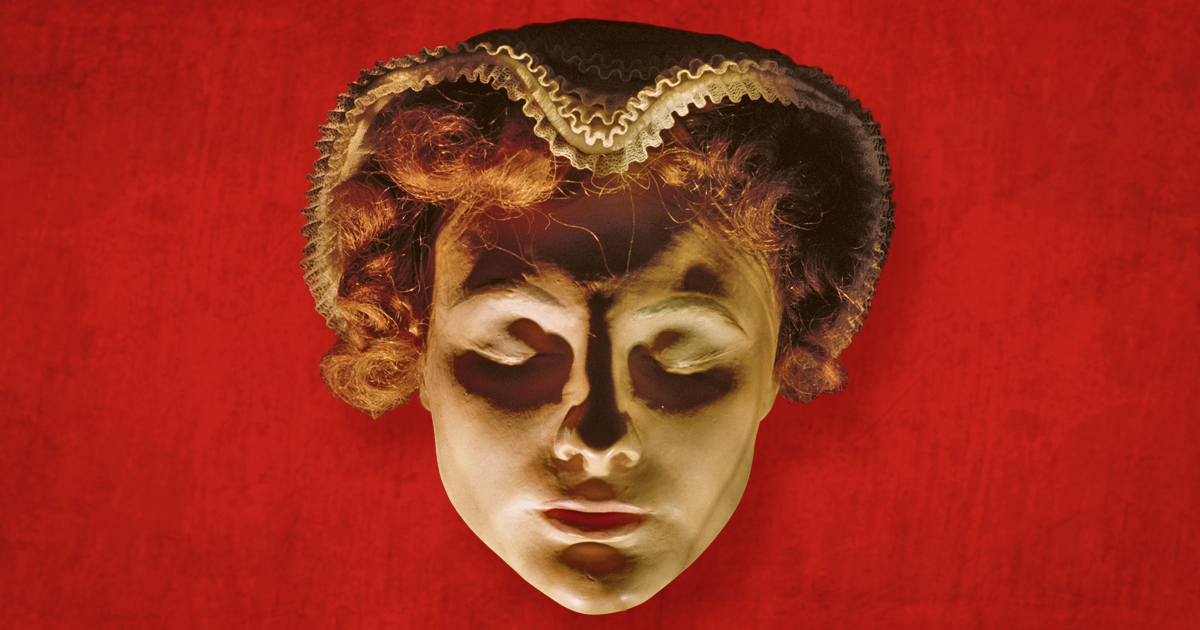Was “Bloody Mary” really so bloody? Some experts are questioning this widely-held view. Mary I was the first woman to reign in England and Ireland. That alone made her significant. But she also became a hugely controversial figure, forever linked to her unfortunate nickname. Is this fearsome reputation warranted…?
In one sense, yes. Staunch Catholic Mary’s mission to reverse the religious direction established by her father Henry VIII had very nasty consequences. Protestants appeared bottom of her list of priorities and those embracing Henry’s radical church reforms met terrible ends.
“Almost 300 convicted heretics, mostly common citizens, were burned,” writes History.com, adding that “Dozens more died in prison, and some 800 fled to Protestant strongholds in Germany and Geneva”.
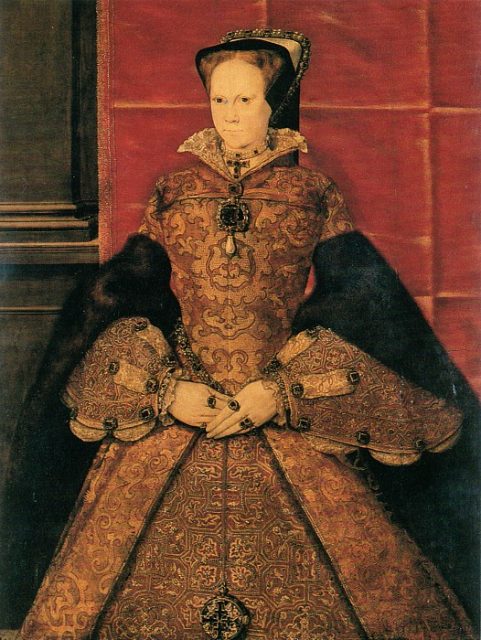
So with Mary making her mark on the country in fire, maybe she was indeed a monster? However, is one person’s life so simplistic, especially that of a monarch’s? Historians such as Linda Porter, who wrote the 2009 biography ‘The Myth of Bloody Mary”, believe there was more to her than that.
Writing for the Tudor Times in 2016, Porter said “The epithet, not in common use until the seventeenth century, has stuck like mud (or something worse) to the reputation of our first Queen-regnant (reigning)… it has not really been possible to achieve a more nuanced appraisal of a small, once pretty woman, brought up as the heir of England (her own father’s words)… whose efforts to reform Catholicism in her country and improve many aspects of English government have been completely submerged”.
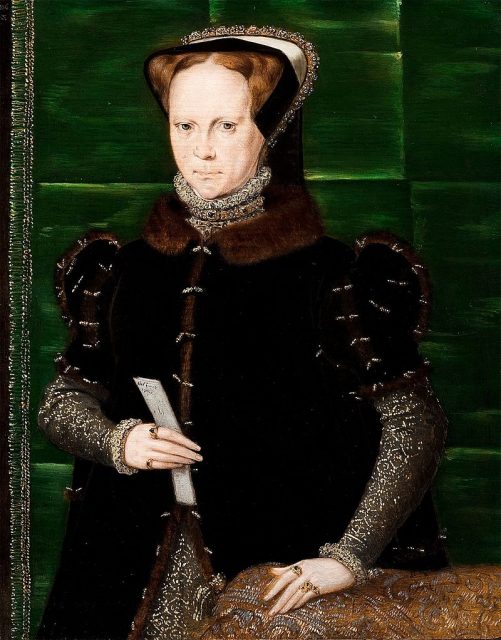
Another historian and author, Anna Whitelock, is quoted in a Smithsonian Magazine article written by Meilan Solly. She describes Mary as “the Tudor trailblazer” (a perhaps unfortunate description under the circumstances!) and “political pioneer whose reign redefined the English monarchy.”
To understand Mary’s story, these commentators argue, people should look beyond the historical – and indeed hysterical – headlines. She was born in 1516 to Henry VIII and Catherine of Aragon. Mary had the sad distinction of being their fifth and only surviving child. The others died as babies. At age 6 she was made a bride for Spanish King Charles V. The union, arranged by her father, lasted 3 years.
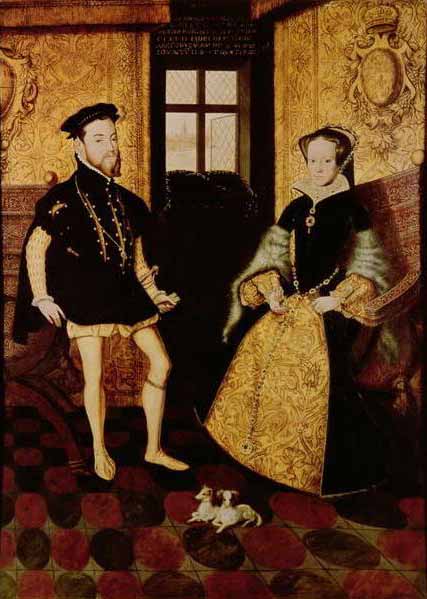
Mary was a source of disappointment to Henry – the fact she hadn’t emerged from the womb as a boy clearly troubled him! That said, similarities between Dad and daughter were noticeable. History.com notes that as a girl “she excelled in Latin and, like her father, was an adept musician.”
When Henry decided to divorce Catherine, the Catholic church wouldn’t back him up. So he swerved England toward Protestantism, and made himself Supreme Head of the Church of England so he could wed Anne Boleyn.
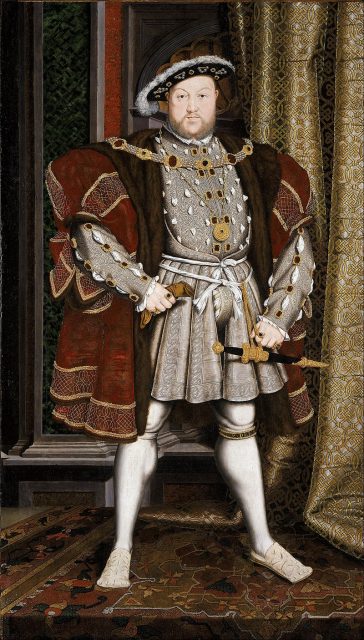
Protestant plotters sought to cut Mary out of the equation. When Henry’s son Edward VI took power as a child, his regents Lord Somerset and Lord Northumberland did some terrible tinkering and installed Lady Jane Grey – Henry’s niece – as Edward’s successor. The house of cards collapsed after 9 days. Mary was determined to take what was rightfully hers and, with powerful backers, she snatched back the throne.
She then set about dealing with her opponents. Though she didn’t hammer home Catholicism at first. History.com mentions that “Her initial ruling council was a mix of Protestants and Catholics”. This was way before the era of mutual tolerance. Quoted by Meilan Solly, Linda Porter remarks, “the idea of respecting another person’s beliefs would have provoked incredulity.”
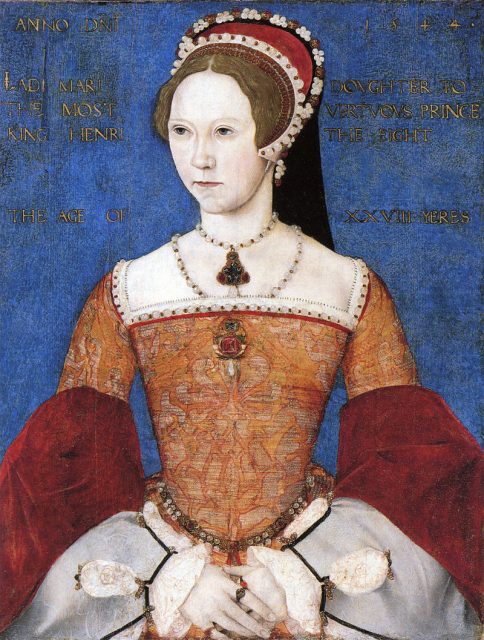
Solly goes on to say that “To the 16th-century mind, heresy was a contagion that threatened not just the church, but the stability of society as a whole.” It wasn’t only a question of faith. By doubting religion, transgressors were rejecting the heart and soul of their ruler. So they were viewed as traitors, in addition to being generally beyond the pale.
As a female who’d dared to sit on the English throne, Mary faced ridicule from the start of her 5 year tenure at the top (1553 – 1558). When she married a foreign power in the shape of Philip of Spain in 1554, the relationship was regarded as dangerous rather than level-headed.
Mary certainly inflicted cruel punishments, yet she wasn’t unusual amongst rulers of the day in meting them out and can’t be said to have been substantially more cruel than others. Different standards have been applied, with commentators pointing out that you don’t hear of “Bloody Henry” or “Bloody Edward”. Those seeking to re-evaluate Mary believe she was a victim of prejudice, as much as any other woman. She was bloody, but then so were her predecessors.
The infamous Foxe’s Book of Martyrs from 1563 – featuring vivid wooden engravings of executions – played a major role in casting the Queen as a villainess. Its accuracy has been called into question. Solly refers to such texts as “good old-fashioned propaganda”. She says “arguably the most important factor in the ‘Bloody Mary’ moniker’s staying power was the rise of a national identity built on the rejection of Catholicism”. John Foxe and other writers such as Bartholomew Traheron cemented this and put Mary in the history books as a tyrant.
Mary died aged 42 and childless from an undetermined health problem. This is believed to have been either uterine cancer or ovarian cysts. Her end appeared as dramatic as her life.
Related Article: Elizabeth I vs. Mary Queen of Scots – Reasons for their Famous Dispute and Rivalry
Perhaps worst of all, Mary’s legacy was overshadowed by her successor and Anne Boleyn’s offspring Elizabeth I. “The events of Mary’s reign—including attempts at currency reform, expanded international trade and a brief war with France that lost England its last French enclave at Calais—were overshadowed by the memory of the so-called Marian Persecutions” writes History.com. The Marian Persecutions was the name given to her Protestant-burning activities.
While it would be wrong to call her a saint, “Bloody” Mary wasn’t exactly a sinner. Like many people with great responsibility she fell between the two stools. “She was stubborn, inflexible and undoubtedly flawed,” writes Solly, “but she was also the product of her time, as incomprehensible to modern minds as our world would be to hers.”
